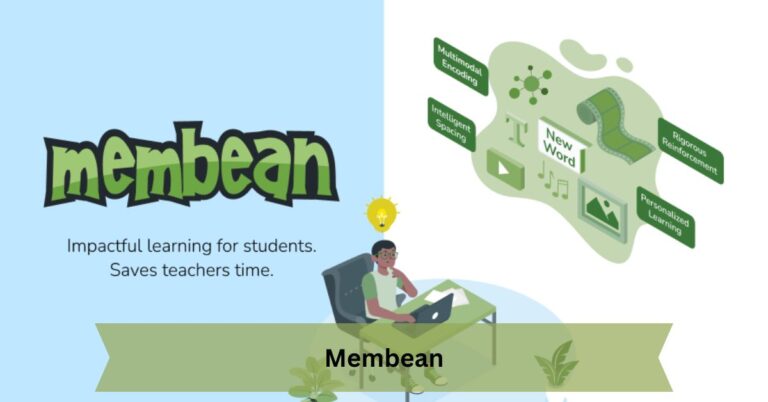Empower Your Child’s Future by Cultivating a Growth Mindset
In today’s fast-paced and competitive world, every parent wants their child to succeed. But what if the secret to success isn’t just about talent or intelligence? What if it’s about how they view their abilities? Enter the concept of a growth mindset—a powerful tool that can shape your child’s future in remarkable ways.
This blog post will guide you through understanding what a growth mindset is, why it’s crucial for childhood development, and how you can foster it in your child.
Understanding Growth Mindset
The Basics
A growth mindset, a term coined by psychologist Carol Dweck, refers to the belief that abilities and intelligence can be developed through dedication and hard work. This contrasts starkly with a fixed mindset, where an individual believes their talents are innate and unchangeable. Understanding this difference is the first step toward fostering a growth mindset in your child.
Practical Examples
Consider two children learning to ride a bike. A child with a fixed mindset might say, “I’m just not good at this,” and give up after a few tries. In contrast, a child with a growth mindset will think, “I can’t do this yet, but with practice, I’ll get better.” They are more likely to persevere, learn from their mistakes, and eventually succeed.
Lifelong Impact
The implications of these mindsets extend beyond childhood. Adults with a growth mindset are more likely to take on challenges, continue learning, and achieve their goals. By instilling this mindset early, you are setting your child on a path to lifelong success.
Signs Your Child Might Have a Fixed Mindset
Recognizing Fixed Mindset Behaviors
It’s essential to identify the signs of a fixed mindset early on. Children with a fixed mindset may avoid challenges, give up easily, and feel threatened by the success of others. They might also believe that putting in effort is futile if they don’t succeed immediately.
Behavioral Indicators
Pay attention to statements like “I’m not good at math,” “I always mess up,” or “I’ll never be as good as them.” These phrases indicate a fixed mindset. If your child frequently avoids tasks that are slightly challenging, it may be a sign they fear failure and lack confidence in their ability to improve.
Taking Action
Once you recognize these signs, it’s crucial to address them. Start by having open conversations about the nature of intelligence and talent. Explain that abilities can be developed through practice and effort. Encourage your child to view challenges as opportunities to learn and grow.
How to Foster a Growth Mindset
Encouraging Positive Self-Talk
One of the most effective ways to cultivate a growth mindset is by encouraging positive self-talk. Teach your child to replace negative thoughts with empowering ones. Instead of saying, “I can’t do this,” they could say, “I can’t do this yet.”
Practical Strategies
Set Realistic Goals: Help your child set achievable goals that require effort and persistence.
Praise Effort, Not Just Results: Focus on the effort your child puts in rather than the outcome. This reinforces the idea that hard work pays off.
Model a Growth Mindset: Be a role model. Show your child how you tackle challenges and learn from mistakes.
The Role of Failure and Effort
Failure as a Learning Opportunity
Failure is not the end; it’s a stepping stone to success. Teach your child that mistakes are a natural part of the learning process. They provide valuable lessons and insights that can lead to improvement.
Perseverance Pays Off
Encourage your child to keep trying, even when things get tough. Share stories of famous individuals who overcame failures through perseverance. Thomas Edison, for example, failed thousands of times before inventing the light bulb.
Tips for Parents
Reframe Failures: Instead of focusing on the failure, discuss what can be learned from the experience.
Celebrate Effort: Acknowledge your child’s hard work, regardless of the outcome.
Encourage Problem-Solving: Guide your child to think of alternative strategies and solutions when they encounter difficulties.
Encouraging a Positive Learning Environment
Creating the Right Atmosphere
The environment at home plays a significant role in fostering a growth mindset. Create a space where your child feels safe to take risks and make mistakes. Use language that reinforces growth and learning.
Setting Goals Together
Set both short-term and long-term goals with your child. Discuss the steps needed to achieve these goals and celebrate milestones along the way. This process teaches your child the value of setting and working toward objectives.
Continuous Learning
Encourage a love for learning by exposing your child to various activities and subjects. Whether it’s art, science, or sports, the goal is to ignite their curiosity and passion for learning.
The Long-Term Benefits
Academic Success
Children with a growth mindset are more likely to excel academically. They are open to feedback, willing to put in the effort, and resilient in the face of challenges. This mindset sets the stage for lifelong learning and academic achievement.
Social and Emotional Growth
A growth mindset also positively impacts social and emotional development. Children become better at handling stress, building relationships, and empathizing with others. They learn to view challenges as opportunities rather than threats.
Personal Growth
Ultimately, fostering a growth mindset helps children develop a strong sense of self-worth and confidence. They understand that their abilities can grow with effort, leading to a fulfilling and successful life.
Conclusion
Cultivating a growth mindset in your child is one of the most impactful things you can do as a parent. By understanding the difference between a growth and fixed mindset, recognizing the signs, and implementing practical strategies, you can set your child on a path to lifelong success.
For more personalized guidance, consider consulting childcare experts in Salt Lake City who specialize in childhood development and growth mindset strategies. Your child’s future is bright, and it starts with the right mindset today.






